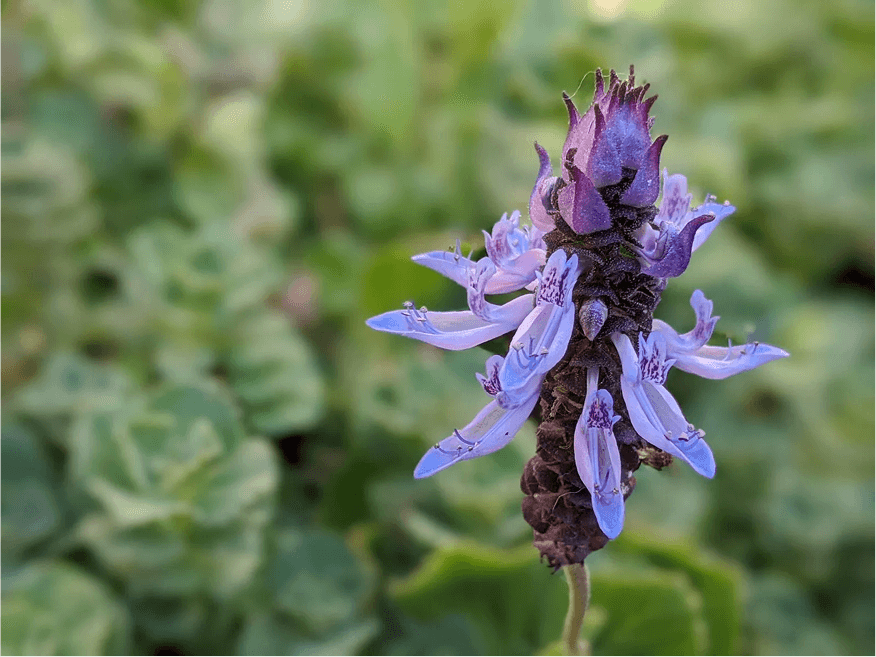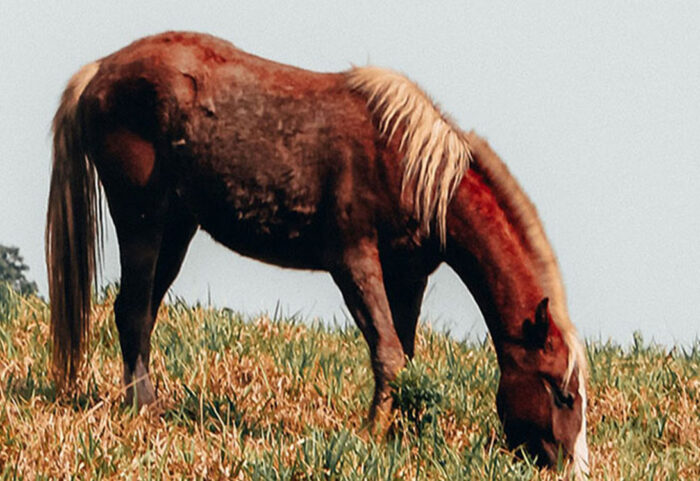4 Ways to Stop Your Cat from Eating Houseplants
Cats have an annoying habit of eating houseplants. And they never eat the gross, shriveled ones that are on their last legs. Of course not!! They’ll set their sights on the Fiddle Leaf Fig you just bought!
Aside from destroying your greenery, many houseplants are toxic to cats, making this behavior dangerous for their health.
Here are four vet-backed ways to stop your cat from eating your precious plants.
1. Make Your Plants Stink (to Your Cat)
Cats are really, really sensitive to smell. And you can use that to your advantage. One of the easiest ways to keep them from eating, digging, and otherwise playing with your plants is to make them smell unappetizing. There are several natural ways to do this:
- Place lemon or orange peels in the soil. Cats hate the smell of citrus. Avoid using concentrated citrus oils as they can be toxic.
- Sprinkle cayenne pepper lightly around the base. One sniff and your cat will back off for good.
- Try other cat-deterrent scents such as vinegar or rosemary.
2. Choose Plants Cats Hate
Some plants just aren’t cats’ cup of tea. Rosemary, for example, grows well indoors and smells great to humans — but cats hate it.
Other smart choices:
- Cactus, roses, and other thorny plants are smart choices because, well, they’re prickly. One pinprick to the paw and your cat will think twice about messing with them.
- Scaredy Cat plant. Literally bred to repel cats

3. Use Safe Cat-Deterrent Sprays
It’s relatively easy to find over-the-counter pet sprays that are designed specifically to keep pets away from houseplants. They’re made from non-toxic ingredients but it’s always smart to check with your vet before letting your cat near any OTC substance.
Or, make your own:
- Mix 1 part vinegar with 3 parts water
- Spray directly on leaves. Harmless to most plants, unappealing to cats.
If you notice your cat squinting or pawing at their eyes after a spray, here’s what to know about cat eye irritation and squinting.
4. Place Plants Strategically
If it’s possible, settling your plants in the most off-limits part of your home is the easiest way to keep your cat at arm’s length.
- Move them into off-limits rooms like sunny bedrooms, bathrooms or sun rooms.
- Place them on high shelves or in hanging baskets if your cat is a jumper.
- Use plant stands with narrow bases to make climbing harder.
If your cat’s plant-eating seems to be getting more and more out of hand, talk to your vet. Sometimes, chewing non-food items is more than mischief — it may be feline pica, a condition where cats compulsively eat inappropriate things. The behavior can also be a symptom of poor diet that lacks some essential nutrients or gastrointestinal issues, so it’s best to have your cat evaluated thoroughly just to be sure.
Helping Cats Live Healthier Lives
Join Gallant’s mission to transform veterinary medicine. Discover how our clinical trials in stem cell therapy are shaping the future for feline care.


